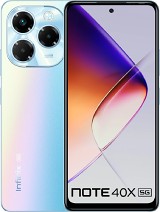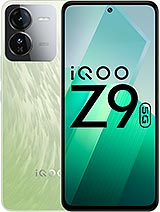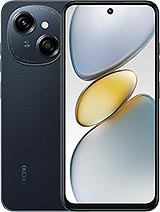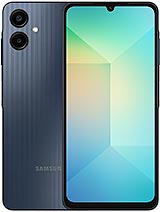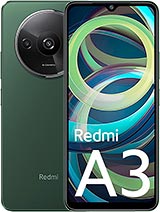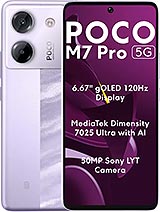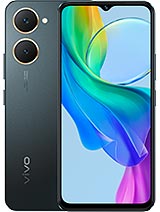Poco M7 Pro alternatives
Tap above to see alternatives.
Vivo Y18i alternatives
Tap above to see alternatives.
2x2.5 GHz Cortex-A78
6x2.0 GHz Cortex-A55
2x1.8 GHz Cortex-A75
6x1.8 GHz Cortex-A55
8GB 256GB (UFS 2.2)
f/1.5, 26mm (wide), 1/1.95", 0.8µm, PDAF, OIS
2 MP
f/2.4, (depth)
f/2.2, (wide), PDAF
0.08 MP
f/3.0 (auxiliary lens)
f/2.2, (wide), 1/4.0", 0.7µm
f/2.2, (wide)
SIM1: Nano, SIM2: Nano
SIM1: Nano, SIM2: Nano
FDD: N1, N3, N5, N8, N28
TDD: N40, N78
FDD: N1, N3, N5, N8, N28
TDD: N40, N78
In this comparison, the Poco M7 Pro with the Mediatek Dimensity 7025 (6nm) performs better than the Vivo Y18i with the Unisoc Unisoc T612 (12nm), thanks to its more efficient chipset.
The Poco M7 Pro offers 2 years of OS updates, while the Vivo Y18i provides 1 years. When it comes to security updates, Poco M7 Pro leads with 4 years of support.
Poco M7 Pro has a superior AMOLED display, while Vivo Y18i uses an LCD panel. Moreover, it offers a higher 120 Hz refresh rate for smoother scrolling. Poco M7 Pro also has a brighter display with 2100 nits, improving outdoor visibility. Notably, Poco M7 Pro has a higher resolution display, resulting in sharper visuals.
Poco M7 Pro has a larger 5110 mAh battery for longer usage. Poco M7 Pro supports faster wired charging at 45W.
Poco M7 Pro offers better water and dust resistance with an IP64 rating.


